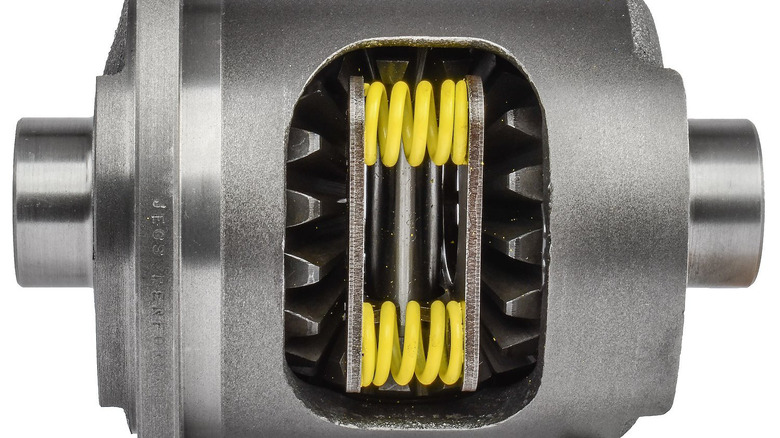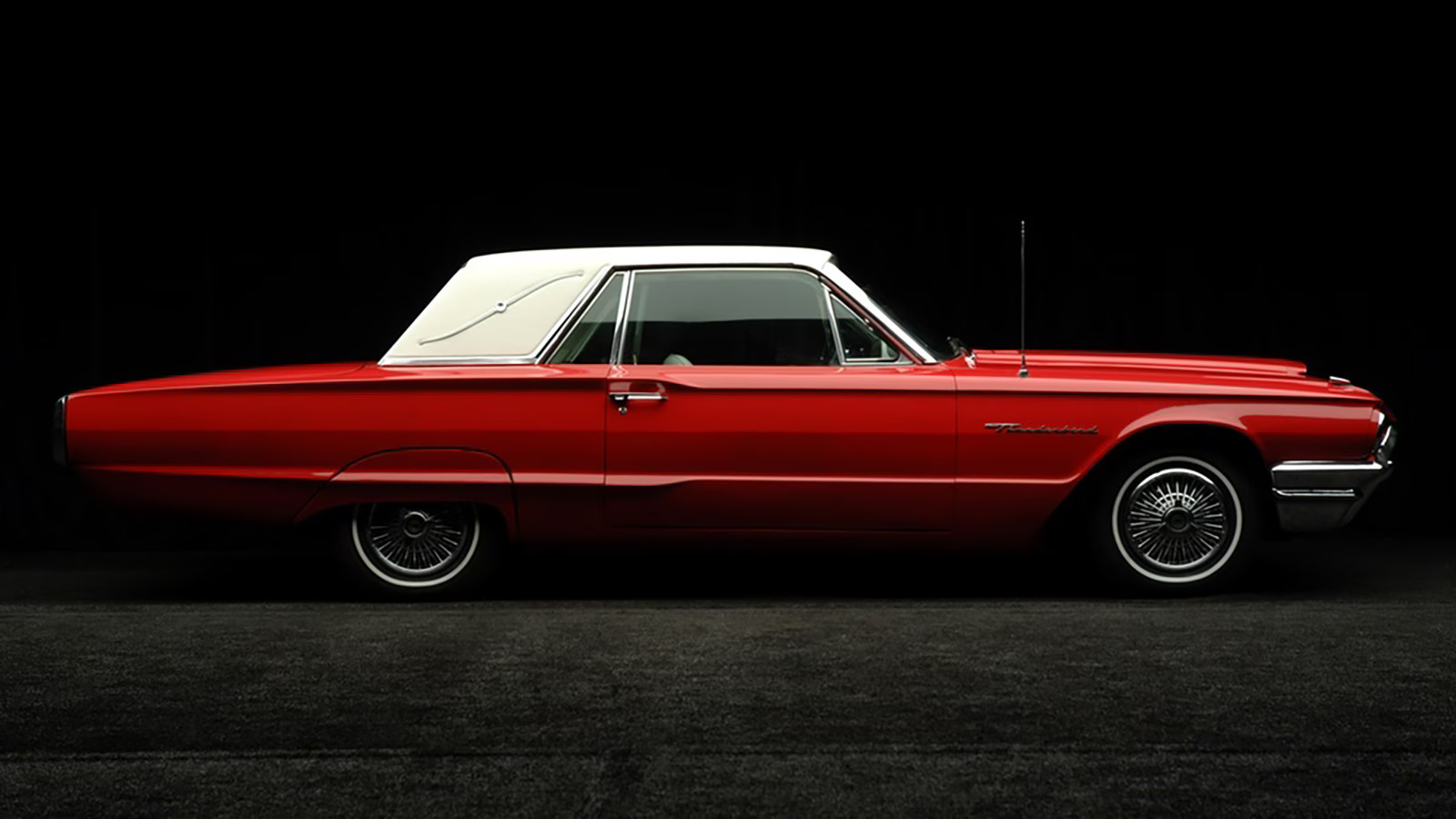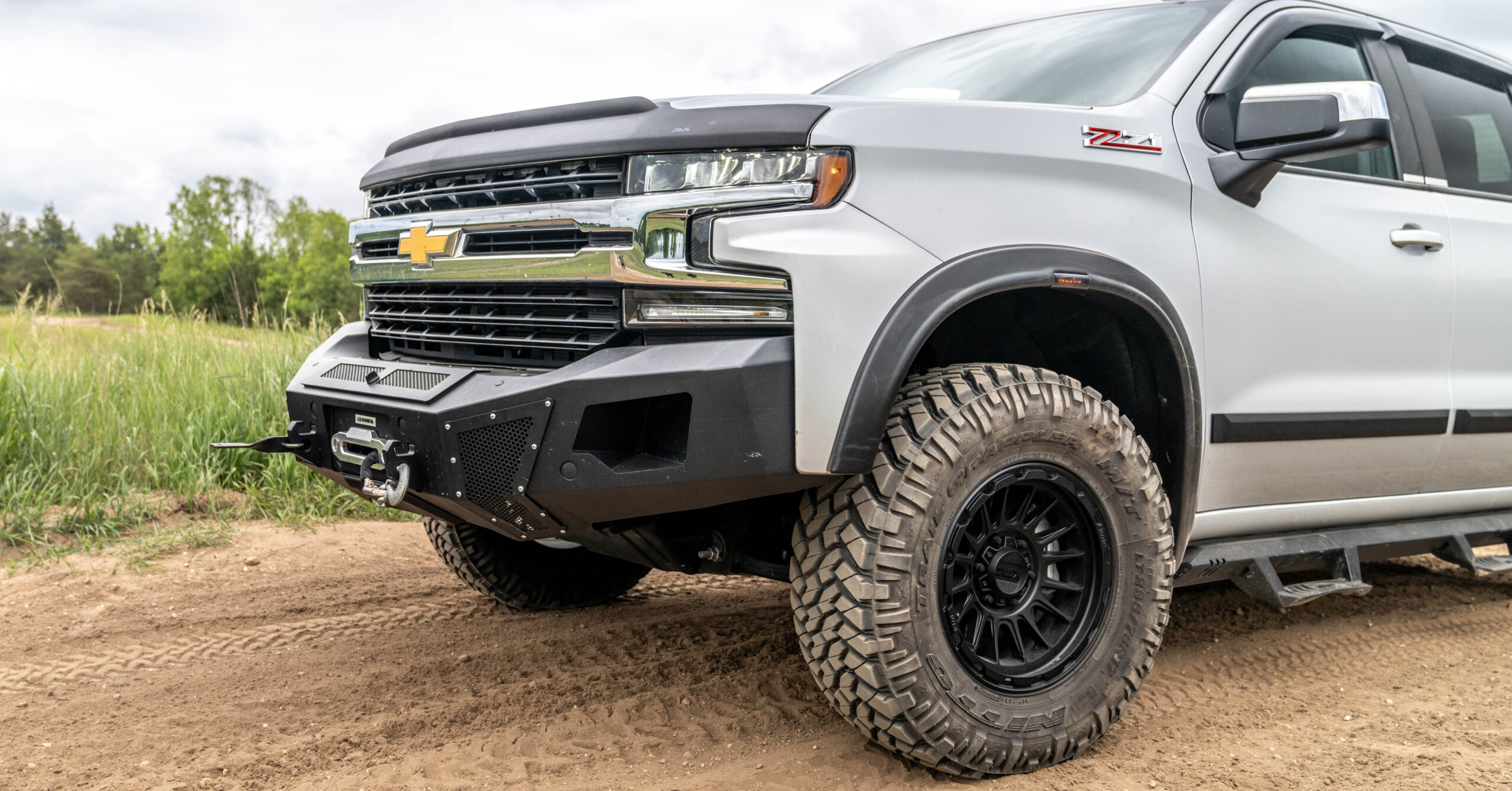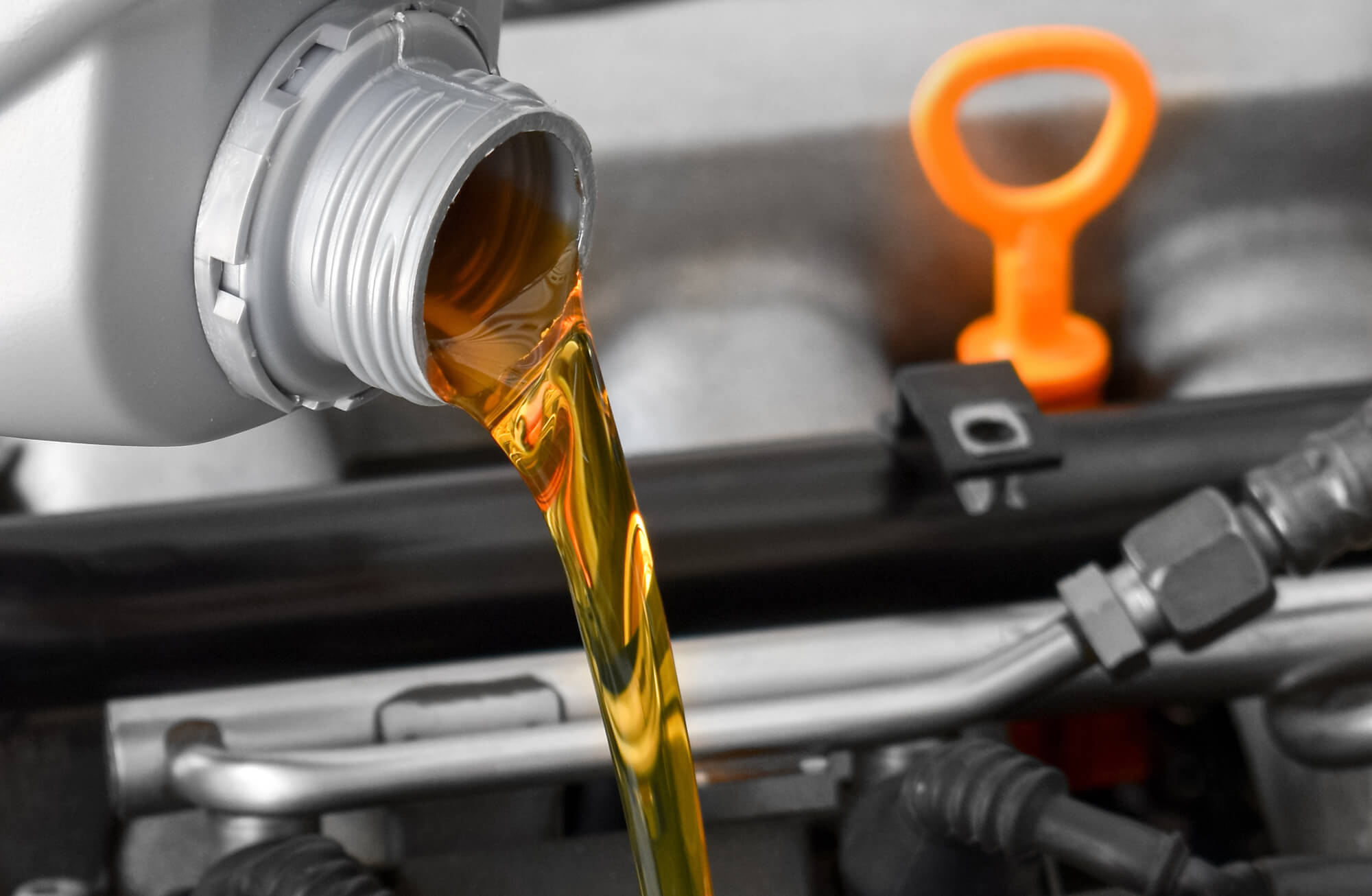Have you ever wondered how some cars seem to grip the road effortlessly, even when the pavement is slick with rain or dusted with gravel? You’re accelerating out of a corner, expecting the tires to spin, but the car just plants itself and powers through. The secret behind this seemingly magical control? It often lies in the differential—and more specifically, the Limited-Slip Differential, or LSD.
To understand what makes LSDs so pivotal in performance driving, let’s first take a look at the default system in most vehicles: the open differential. An open differential allows the wheels on the same axle to rotate at different speeds—essential for smooth cornering. However, this system has a major flaw: when one wheel loses traction, it gets all the power, which can leave you spinning your wheels (literally) while going nowhere fast.
Enter the Limited-Slip Differential. Designed to mitigate this issue, an LSD redistributes torque to the wheel with more grip, offering superior traction, better acceleration, and improved handling—especially in challenging driving conditions.
This article will explore the different types of LSDs, outlining their strengths and weaknesses to help you determine the best option for your driving needs—whether you’re a track day regular, a weekend off-roader, or just someone looking to enhance their car’s all-weather performance.
Background: Understanding Differentials
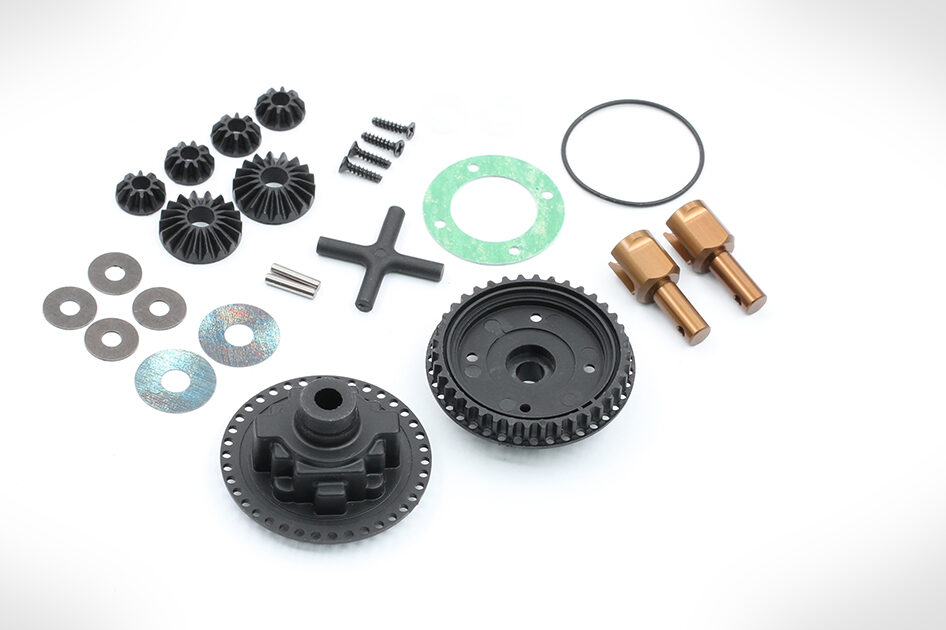
Before diving into the LSD universe, it’s crucial to understand the core concept of differentials.
The Basic Differential
A differential is a set of gears that splits engine torque two ways, allowing each output to spin at a different speed. When you take a turn, the outer wheel must travel a greater distance than the inner wheel, and the differential enables this by allowing each wheel to rotate independently.
Why Differentials Are Necessary
Without a differential, both drive wheels would rotate at the same speed. This would make turning difficult, increase tire wear, and compromise stability, particularly in tight corners. Differentials make modern driving smoother, safer, and more efficient.
Limitations of Open Differentials
Despite their usefulness, open differentials falter when traction is uneven. Imagine driving through snow, gravel, or wet roads—if one wheel slips, the open diff directs all the power to that wheel. This results in:
- Wheel spin on low-traction surfaces.
- Loss of power during cornering.
- Reduced acceleration in slick conditions.
The Need for Improvement
This is where LSDs come into play. By limiting the speed difference between wheels, LSDs provide better torque distribution. This ensures that power reaches the wheels with grip—crucial for performance driving, off-roading, and any situation where traction is unpredictable.
Types of Limited-Slip Differentials
Limited-slip differentials come in several distinct configurations, each engineered to serve specific driving conditions and performance objectives. Below is a breakdown of the four main LSD types—Clutch-Type, Helical (Torsen-style), Viscous, and Electronic/Active—with detailed insights into how they work, where they shine, and where they fall short.
Clutch-Type LSD

How It Works:
The clutch-type LSD is a mechanical differential that uses friction plates (clutch packs) to modulate the difference in rotational speed between the left and right wheels. It employs spring-loaded or pressure-actuated clutches that engage based on torque input or wheel speed differentials.
There are three primary configurations:
- 1-Way LSD: Locks under acceleration only.
- 1.5-Way LSD: Locks under acceleration and provides partial lock on deceleration.
- 2-Way LSD: Locks equally under both acceleration and deceleration, preferred in motorsport where both throttle and braking stability are critical.
Key Characteristics:
- Mechanical engagement
- Adjustable preload and ramp angles
- Progressive locking depending on torque and differential speed
Pros:
- High locking torque; ideal for aggressive driving
- Predictable and tunable for specific use-cases (drift, grip, rally)
- Strong performance under load and in high-torque scenarios
Cons:
- Requires regular maintenance (clutch pack wear)
- Can be noisy and harsh in daily driving
- Generates heat under continuous use
Typical Applications:
- Track racing
- Drifting
- Rally
- High-performance street builds
Helical (Torsen-Style) LSD
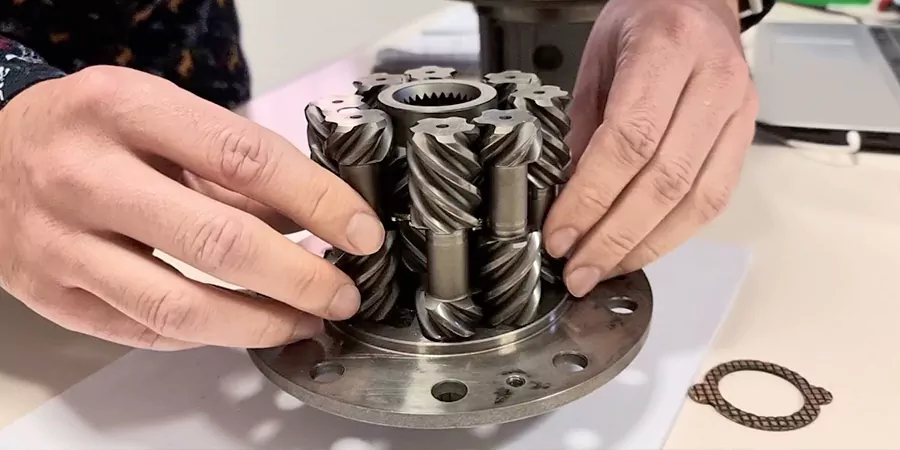
How It Works:
The helical LSD—commonly referred to as a Torsen differential—uses sets of helical-cut gears to automatically redistribute torque based on resistance. When one wheel begins to slip, torque is transferred to the opposite side through the internal gear engagement.
Key Characteristics:
- Fully mechanical and gear-driven
- Torque biasing (not locking)
- Continuous operation with no clutches or fluids
Pros:
- Smooth and quiet engagement
- Virtually maintenance-free
- Very durable and long-lasting
- Ideal for daily driving and spirited performance
Cons:
- Less effective when one wheel has zero traction (e.g., lifted off the ground)
- Cannot achieve full lock like clutch-type LSDs
- Performance is limited in off-road or extreme low-traction conditions
Typical Applications:
- Street performance cars
- Road racing
- Autocross
- Occasional track use
Viscous LSD
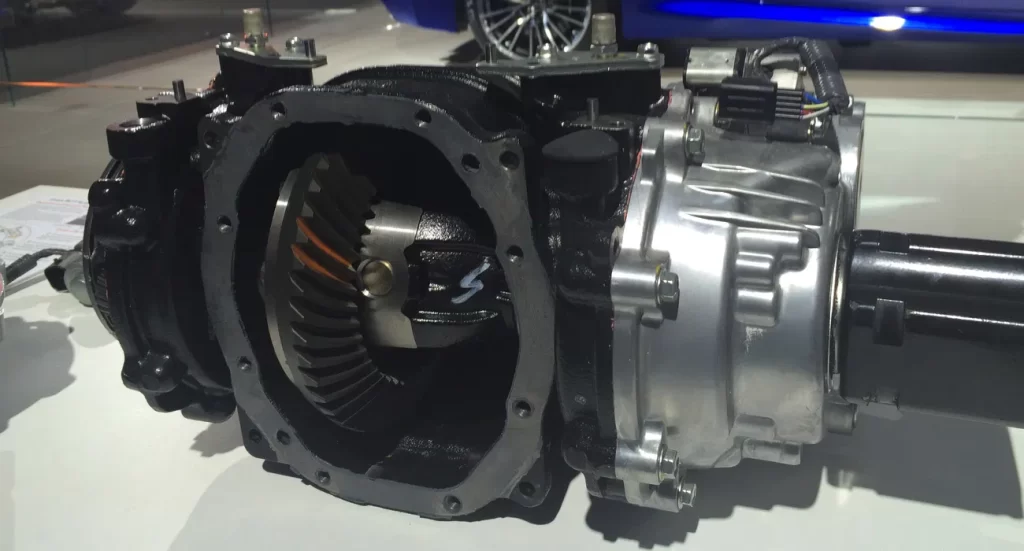
How It Works:
The viscous LSD uses a set of plates immersed in a silicone-based fluid housed within a sealed differential casing. When there’s a difference in wheel speed, the plates shear the fluid, which generates resistance and transfers torque to the wheel with more traction.
Key Characteristics:
- Passive operation based on fluid dynamics
- Sealed and non-serviceable in most designs
- Smooth torque transfer
Pros:
- Quiet and smooth operation
- Low manufacturing cost
- Easy to integrate into OEM designs
- Minimal driver input required
Cons:
- Less effective torque transfer under aggressive or performance conditions
- Locking effectiveness degrades with heat and over time
- Can be unpredictable in performance driving scenarios
Typical Applications:
- Everyday passenger vehicles
- Mild performance applications
- Snow and light off-road use
Electronic/Active LSD
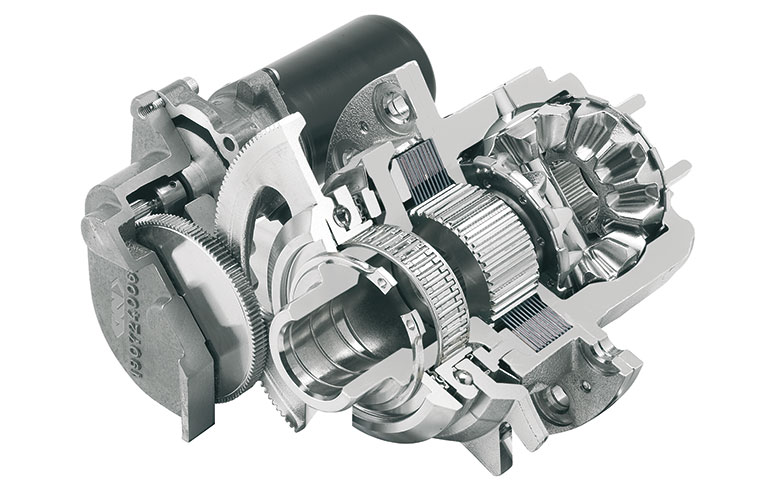
How It Works:
Electronic LSDs use sensors, actuators, and in many cases clutch packs to actively monitor and control torque distribution between wheels. These systems are integrated into a vehicle’s broader electronic stability and traction control systems and can respond in real time based on driving conditions.
Key Characteristics:
- Computer-controlled engagement
- Often uses clutches or hydraulics to vary torque
- Works in tandem with ABS, ESC, and torque vectoring systems
Pros:
- Infinitely tunable to suit different drive modes (comfort, sport, track)
- Can simulate various LSD behaviors depending on need
- Maximizes traction in both performance and slippery conditions
Cons:
- Complex and costly to maintain or replace
- Dependent on electronics and software
- Less driver engagement; perceived as artificial by purists
Typical Applications:
- High-end sports and supercars
- AWD systems with torque vectoring
- Adaptive off-road systems
- Premium performance sedans and crossovers
Choosing the Right LSD
Your driving style is the first and most influential factor. For everyday street use, comfort, quiet operation, and reliability are often top priorities. In this realm, helical and viscous LSDs tend to shine. They deliver better traction without the harsh engagement or audible chatter often associated with clutch-type units. For performance-minded daily drivers who crave sharper cornering without sacrificing drivability, a helical or a mild clutch-type LSD (typically a 1.5-way) offers a suitable middle ground — capable in the curves yet civil enough for traffic.
If you’re chasing tenths on a racetrack or aiming for consistent lap times, the conversation shifts. In high-performance scenarios where maximum traction and throttle control are paramount, clutch-type 2-way LSDs and advanced electronic LSDs dominate. These differentials are engineered to handle the abrupt transitions and high loads of motorsport applications. Drifters, too, rely heavily on 2-way clutch types for their consistent, aggressive lock-up during both acceleration and deceleration — critical for maintaining control and angle through a slide.
Off-roaders and trail enthusiasts have another set of demands. Uneven terrain, varied traction conditions, and the need for reliable torque transfer call for durability and engagement over finesse. While LSDs can offer solid off-road performance — especially clutch-type variants — some drivers may prefer locking differentials, which provide full lock when needed, albeit at the cost of road manners. It’s important to note that while an LSD is reactive (responding to slip), a locker can be proactive (forcing lock regardless of traction conditions).
Drivetrain layout also influences LSD selection. FWD vehicles benefit most from helical LSDs due to their smooth engagement and limited torque steer. RWD platforms, which often bear the brunt of high torque loads during acceleration, are well-suited to both clutch-type and helical units, depending on the intended use.
In AWD systems, LSDs can be placed at the front, rear, or center, and their function often depends on how torque is distributed among axles. Electronic LSDs are increasingly popular in AWD vehicles for their ability to integrate seamlessly with traction and stability systems.

Pros and Cons Summary
Limited-slip differentials offer transformative improvements in traction, handling, and performance — but each type comes with trade-offs. Clutch-type LSDs provide the most aggressive torque distribution and are highly tunable, making them the go-to for track and drift applications. However, they can be noisy and require regular servicing.
Helical (Torsen) LSDs deliver smooth, quiet performance with minimal maintenance, ideal for spirited street driving and occasional track use. Their main limitation is reduced effectiveness in extreme low-traction conditions, such as when one wheel is completely unweighted.
Viscous LSDs are inexpensive and easy to integrate, with gentle engagement that suits daily use. Still, they lack the responsiveness and robustness required for competition or high-load driving.
Electronic LSDs offer cutting-edge control, adapting torque distribution on the fly. They’re ideal for multi-surface performance and high-end applications, but complexity and cost may be barriers.
Installation and Maintenance

Installing an LSD is not a DIY project for most enthusiasts — it typically requires professional intervention due to the precision involved in setting backlash, bearing preload, and gear alignment. Installation costs can vary significantly based on the LSD type and vehicle model.
Maintenance requirements also vary. Clutch-type LSDs require periodic fluid changes and eventual clutch pack replacement, particularly in high-stress applications. Helical and viscous LSDs are largely maintenance-free but still benefit from occasional inspection. Electronic LSDs depend on software calibration and sensor integrity, requiring specialized diagnostic tools.
Proper installation and upkeep are essential to ensure your LSD functions as designed, extends its lifespan, and delivers consistent performance over time.
Conclusion
Limited-slip differentials are one of the most effective upgrades for improving traction, enhancing handling, and increasing overall vehicle performance. But choosing the right one requires a clear understanding of how you drive, what you drive, and where you plan to go with it.
From clutch-based performance monsters to refined helical units and intelligent electronic systems, each LSD type brings its own strengths to the table. Whether your priority is weekend track days, all-weather commuting, off-road exploration, or controlled slides around hairpins, there’s an LSD tailored for your style.
Upgrade your vehicle with the right LSD to unlock its full potential and enjoy a superior driving experience.
